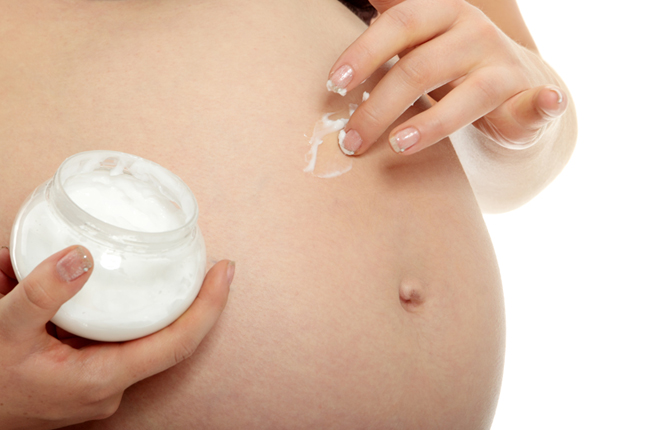
Stretch Marks During Pregnancy
Your pregnant body is constantly growing. And while we love our beautiful bodies, most of us could probably do without the impending threat of stretch marks. What exactly is a stretch mark? Do they ever go away? And what can we do to help reduce them during pregnancy and postpartum?
Featured Expert
-

Kim Walls
Skincare Expert
Read Bio >










